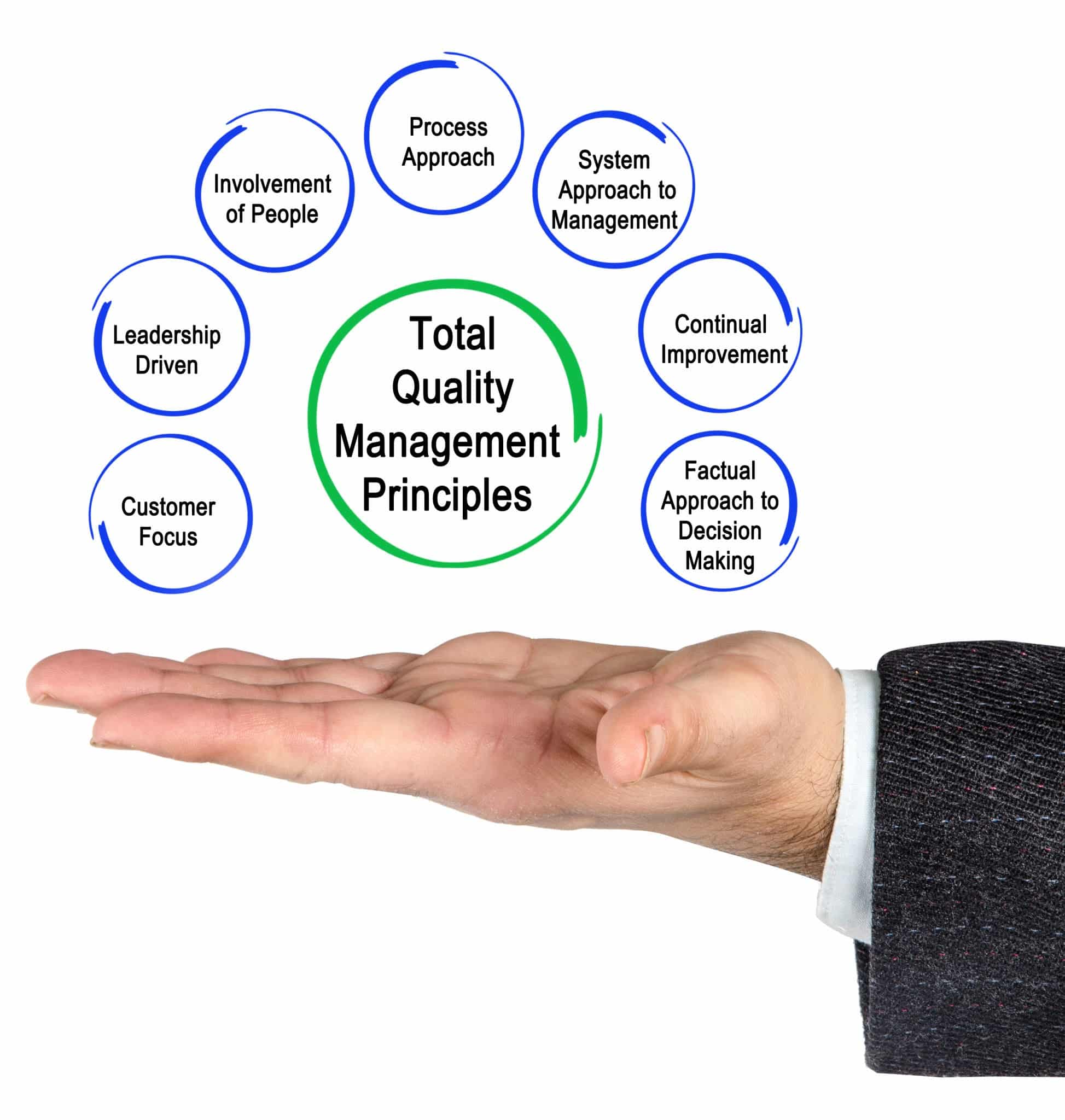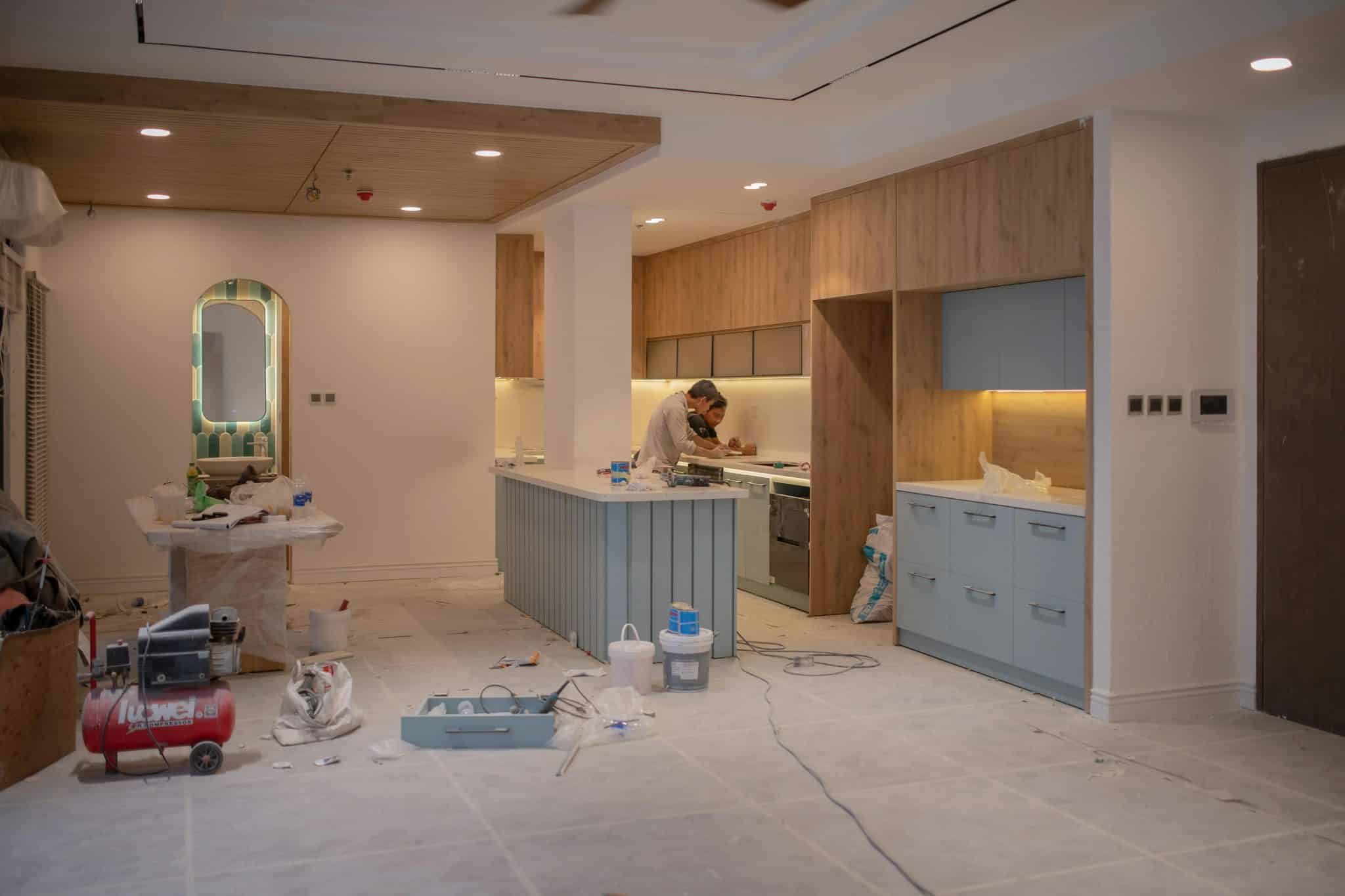Who doesn’t dream of turning a neglected backyard into a tranquil oasis or making a dull patio the ultimate space for unforgettable gatherings? Another could be an overgrown garden blossoming into a vibrant paradise.
That’s the magic of landscape renovation. However, contractors need expert knowledge, careful planning, and strategic execution to bring these transformations to life seamlessly.
Understanding Client Needs and Vision
Communicate effectively to comprehend your client’s needs and bring their vision to life. If they want to redesign their backyard to include a cozy seating area or build a functional outdoor kitchen, pay attention to their specific preferences and requirements.
Know their desired layout, material choices like wood or stone, plant preferences, and features such as lighting, water elements, or storage for outdoor tools.
Share your expertise and guide them with insights to help shape their choices. By keeping an open dialogue from the start, you build trust and ensure you both work toward the same goal.
Budgeting and Resource Allocation
Many landscape renovation projects fail due to poor financial planning and resource management. To avoid this, create a well-structured, comprehensive, and realistic budget that accounts for all costs.
Prioritize the most essential elements and explore more affordable alternatives. Premium materials like exotic plants or natural stones are more expensive than standard options, such as concrete or native plants. Features like retaining walls also require skilled labor, which adds to the overall cost.
Scheduling the right number of personnel at the right time and tracking work hours will help you stay within the budget. Additionally, offering your client financing options for landscaping renovation makes it easier to manage costs.
With flexible repayment plans, your client can choose the option that fits their budget. This makes it possible to take on larger projects without the burden of immediate expenses.
Project Phasing for Efficient Execution
Phasing your landscape renovation breaks the project into manageable, smaller tasks that can be completed over time with greater efficiency.
This approach allows you to set realistic deadlines for each stage as well as assess what’s working, and identify areas for improvement as you progress. You’ll also be able to perfect each phase before moving on to the next.
However, there are certain factors to consider when phasing your project. One is timing. For example, hardscaping tasks like installing patios or irrigation systems should be done during dry months when the soil is less malleable. Scheduling these tasks during the right time of year ensures smoother execution and better results.
Quality Control and Final Walkthrough
Quality control is critical in landscape renovation, as it makes products, materials, operations, and outcomes meet established standards and specifications. It involves procedures for inspecting, testing, and evaluating each aspect of the project.
Without proper quality control, issues on appearance, health, and safety can arise. For instance, failing to properly assess soil content and drainage on slopes can result in incorrect planting or irrigation, leading to erosion or even mudslides during heavy rain.
In a native landscape garden, check if reclaimed materials like wood, stone, or bricks are correctly installed. This enhances aesthetic appeal and functionality, which contributes to the garden’s durability and sustainability.
During the final walkthrough, meticulously inspect every detail and make any necessary adjustments to ensure the project is flawless and meets your client’s expectations.
Post-Renovation Evaluation and Feedback
Landscape renovation isn’t complete without evaluation. Collaborate with your client, team, and other stakeholders to determine if the design and functionality meet expectations.
Utilize actionable reports and metrics to assess the technicalities of the project. Collect feedback and note any concerns or suggestions.
Based on the accuracy of the initial audit and analysis of the landscape, you may need to rework or address any issues. Celebrate your successes, learn from mistakes, and use the feedback to refine your renovation skills for future projects.
Conclusion
Landscape renovation is not just about planting garden beds or laying a patio. What matters most is how you build trust with your clients, manage people and money, prioritize efficiency and quality, and turn mistakes into opportunities. When you apply these tips, every process turns into a successful project that breathes new life into outdoor spaces.








